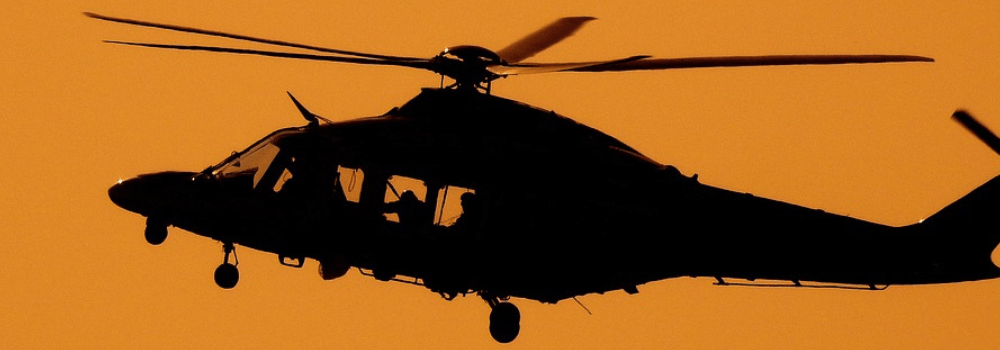Unveiling the Proteus Uncrewed Rotorcraft: Pioneering the Future of Maritime Aviation
In a significant stride towards revolutionizing maritime aviation, Leonardo, in collaboration with the Royal Navy and the UK Ministry of Defence's Defence Equipment and Support (DE&S) Future Capability Innovation (FCI) team, has unveiled the design of the Proteus technology demonstrator aircraft. This approximately three-tonne uncrewed rotorcraft is poised to transform naval operations with its advanced autonomy, modular payload capabilities, and cutting-edge manufacturing techniques.
A Vision Aligned with Maritime Transformation
The development of Proteus is a cornerstone of the Royal Navy's Maritime Aviation Transformation (MATx) strategy, which aims to evolve maritime aviation through 2040. This strategy emphasizes the integration of uncrewed systems to enhance operational mass at sea and bolster anti-submarine warfare (ASW) capabilities. Proteus is designed to meet these objectives by providing a versatile platform capable of performing a range of missions without the need for onboard crew, thereby reducing risk and operational costs.
Innovative Design and Modular Flexibility
Drawing inspiration from Leonardo's AW09 single-engine light helicopter, Proteus features a distinctive shrouded tail rotor and a five-bladed main rotor system. A standout feature of Proteus is its modular payload bay, engineered for rapid reconfiguration to support various mission roles. This design allows for a balance between fuel capacity and mission-specific payloads, enabling commanders to adapt the aircraft for tasks ranging from anti-submarine warfare to logistical support. Such flexibility not only enhances operational effectiveness but also offers cost efficiencies by reducing the need for multiple specialised aircraft.
Advanced Manufacturing and Digital Integration
Leonardo is leveraging state-of-the-art digital design and manufacturing techniques in the development of Proteus. The use of a 'digital twin'—a virtual replica of the aircraft—facilitates extensive testing and refinement in a synthetic environment. This approach, combined with artificial intelligence (AI) and machine learning algorithms, accelerates development timelines and reduces reliance on physical prototypes. Additionally, over 40 components of Proteus are being manufactured using advanced composite materials and additive manufacturing (3D printing), enhancing structural integrity while minimizing weight.
Collaborative Development and Future Outlook
The Proteus program exemplifies a collaborative approach between industry and defense sectors. Since the contract award in June 2022, Leonardo, DE&S, and the Royal Navy have worked closely, adopting agile methodologies to expedite development. This partnership has been instrumental in keeping the project on track for its inaugural flight, scheduled for mid-2025. The successful deployment of Proteus is anticipated to pave the way for the integration of large uncrewed aerial systems into the Royal Navy's operational framework, enhancing capabilities while ensuring cost-effectiveness.
Implications for Technical Recruitment and Opportunities with VHR
The advancement of uncrewed systems like Proteus underscores the growing demand for professionals skilled in aerospace engineering, autonomous systems, and advanced manufacturing. At VHR, we specialise in connecting talented individuals with leading organisations at the forefront of technological innovation. As the aerospace and defense sectors continue to evolve, opportunities abound for engineers, designers, and technicians eager to contribute to ground-breaking projects.
Explore current openings and learn how VHR can assist you in advancing your career in these dynamic industries by visiting our careers page.
For more insights into the latest developments in aerospace and defense, visit our blog.





